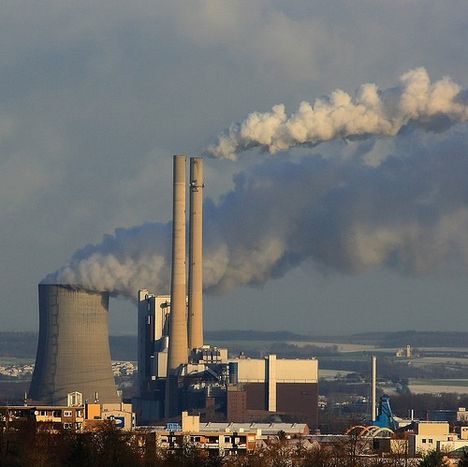
Kyoto Protocol: results and predictions
Published on
Translation by:
 Fiona Herdman Smith
Fiona Herdman Smith
The European Union ratified the UN-led pact to combat global warming on 31 May 2002, and it came into force on 16 February 2005. How much progress has been made in the fight against CO2?
By signing the Kyoto Protocol, the EU committed itself to several objectives. Firstly, to reduce the combined emissions of carbon dioxide and five other greenhouse gases (GHGs) between 2008 and 2012 to 8 per cent lower than 1990 levels. Each of the original 15 Member States has its own reduction target. The EU launched the process using a key instrument in its environmental policy to combat climate change: European trading of emissions rights, one of the flexibility mechanisms anticipated by the Kyoto Protocol.
Is Kyoto having an impact?
Every year the European Environment Agency (EEA) produces an annual report assessing greenhouse gas emissions. The latest report (2007) showed that actual emissions in 2005 fell by 0.8 per cent (equivalent to 35.2 million tonnes of CO2) in one year, down 2 per cent compared to the reference year 1990. However, this figure must be balanced by the fact that GHG emissions remained 1.4 per cent higher than in 2000. Furthermore, this result falls short of the initial prediction, representing only a quarter of the target set.
Good and bad students
Topping the list of countries that have reduced greenhouse gases are Germany (-2.3%) Finland (-14.6%) and the Netherlands (-2.9%). Bottom of the class in the Kyoto race are Italy, Denmark and Spain. They are ranked bottom because they have increased production in fossil fuel power plants. At present it looks as though these countries will not be able to meet their 2010 targets. States are not the only guilty parties. It is proving difficult to curb GHG emissions from transport; about 12% of the EU’s CO2 emissions come from fuel consumed by personal vehicles.
Keep smiling no matter what
These figures do not stop the EU from observing this 'progress' with optimism, based on new projections. The predicted GHG reduction for 2010 is far better than last year’s predictions and the EEA believes that even if current projections are maintained, the 15 EU member states will exceed the Kyoto Protocol’s targets. It is true that 12 of the 15 member states expect to meet their initial objectives through a combination of national measures and European mechanisms. And there’s the rub: only by putting in place and making use of additional measures, carbon sinks and Kyoto mechanisms can this ambitious target be met, otherwise GHG levels will be reduced by only 4%.
Translated from Le protocole de Kyoto : bilan et pronostics


